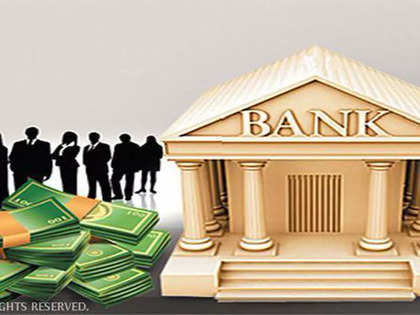
This trend of replicating the 'good old days' is also echoed in many of GoI's inclusive policy programmes that are empowering people at the lowest economic strata, and women in particular. India's mostly unsung 'sheroes' have always risen to the occasion every time the circumstances warranted. Fast forward to 2022 and India has its fair share of businesswomen across its hinterland who offers financial services, payment advisory, teaching lessons in financial planning and the virtues of small savings. Essentially, real wisdom that they don't teach you in B-schools.
This has been made possible through the banking correspondent (BC) model. It got a meaningful lease of life with the introduction of the Pradhan Mantri Jan Dhan Yojana (PMJDY) in mid-2014, a starting point woven around utilising economic resources of the country for the well-being of the poor and the marginalised.
GoI data on the Sukanya Samriddhi Yojana (SSY) point to the fact that the maximum accretion has been in Uttar Pradesh, Tamil Nadu, Maharashtra, Madhya Pradesh and Karnataka, which together have accounted for a little less than half of the total number of SSY accounts opened till now - 2.73 crore as on end-December 2021. In fact, about 1.43 crore accounts were opened between April 2018 and October 2021 itself, blunting the successive waves of the Covid-19 pandemic.
What worked in favour of these states was probably another GoI path-breaking scheme under the aegis of Deendayal Antyodaya Yojana-National Rural Livelihoods Mission (DAY-NRLM) that of BC sakhis - known as 'digital sakhis', didis or dosts in many states - who are ushering in another phase of revolution in the BC ecosystem, building bridges between self-help groups (SHGs) and BCs, promoting entrepreneurship while platformising access and usage of digital adoption of financial services and products.
It's rare when well-intended policies meet socioeconomic-cultural forces head on, creating synergetic changes that alter the fabric of the nation, woven around equity and sustainability as its two grand collaborating pillars. India, in its 76th year, holds the promise to become a great nation again in the next 25 years.











 Get Unlimited Access to The Economic Times
Get Unlimited Access to The Economic Times
